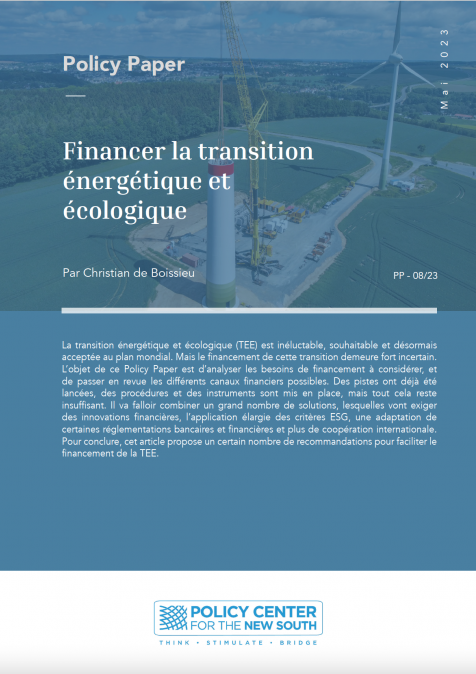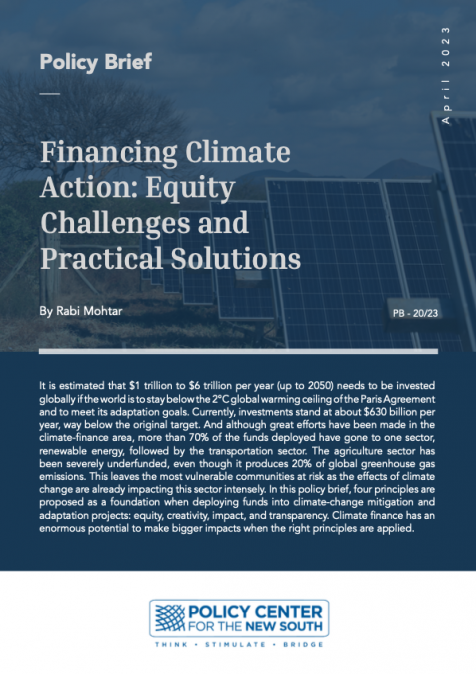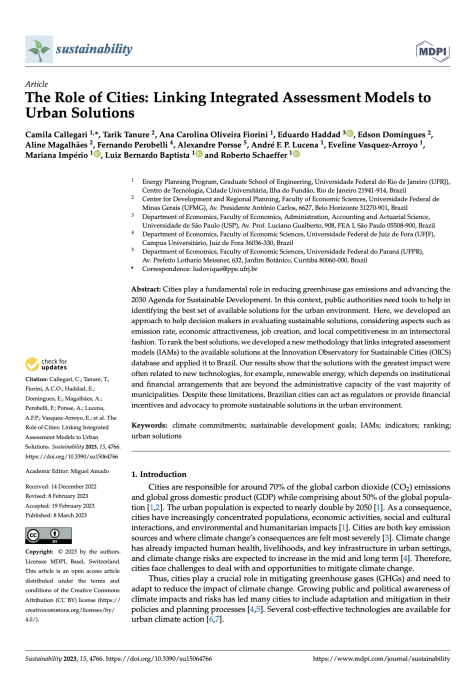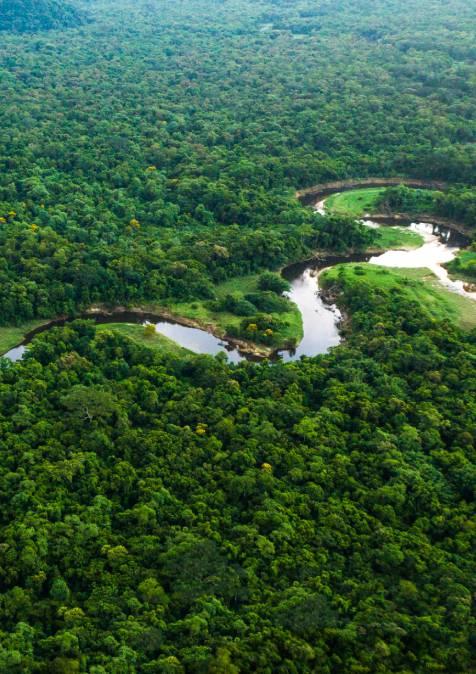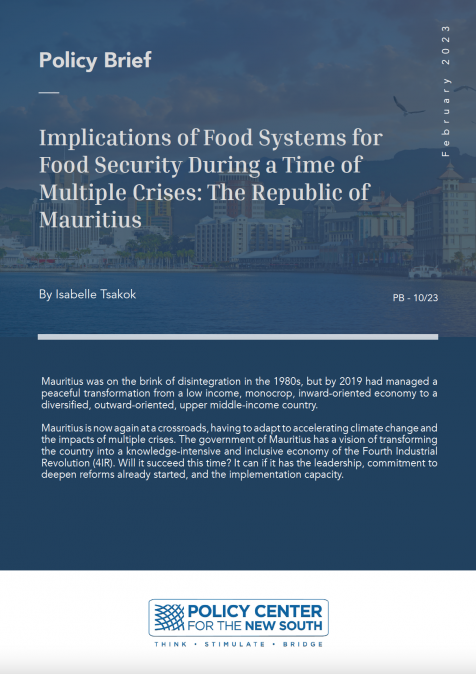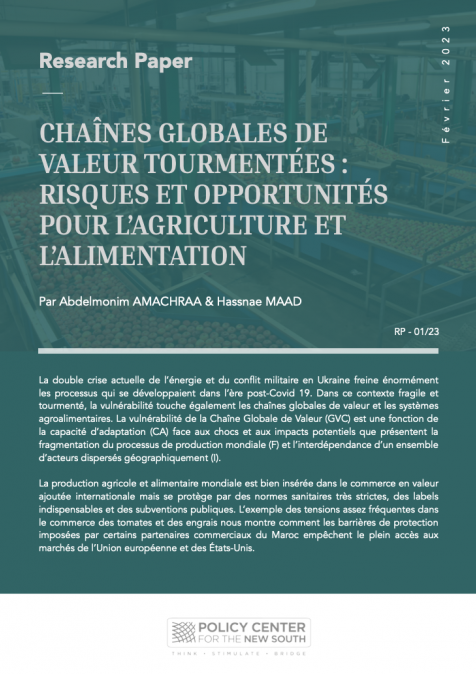Publications /
Opinion
At the COP29 climate summit that began on November 11, 2024, in Baku, Azerbaijan, one of the main focuses is Article 6 of the Paris Agreement. Article 6, introduced at COP21 in 2015 and shaped through years of negotiation, enables countries to meet climate targets collaboratively, either through carbon markets or non-market strategies. This section of the Paris Agreement has the potential to unlock significant climate finance, cut the cost of reducing emissions, and foster cooperation on climate goals. But the pathway remains complex. COP29 is expected to be critical for advancing the mechanics and addressing unresolved issues.
Breaking Down Article 6 Mechanisms
Article 6 offers three main pathways for countries to collaborate:
1- Article 6.2—Bilateral Carbon Trading: This provision allows countries to trade “internationally transferred mitigation outcomes” (ITMOs), integrating these trades into their own national climate goals, or nationally determined contributions (NDCs). This flexible, country-to-country approach empowers countries to set and follow their own standards. But without a central regulatory body, ensuring consistency in carbon credits remains a challenge.
2- Article 6.4—UN-Managed Global Carbon Market: Often likened to an enhanced Clean Development Mechanism, Article 6.4 provides a structured United Nations framework to issue, validate, and trade high-quality carbon credits internationally. Though it promises a centralized system with high levels of integrity and transparency, it also imposes stricter regulations and fees, potentially slowing adoption, especially in developing nations.
3- Article 6.8—Non-Market Cooperation: This provision enables policy cooperation and technology transfers, providing an alternative for countries to achieve climate goals without direct trading. Though less defined, it offers a platform to share non-market mitigation projects and attract support.
Together, these three mechanisms aim to create a balanced framework for climate collaboration, with each approach tailored to different types of cooperative action.
Pros and Cons: Article 6.2 vs. Article 6.4
The bilateral flexibility of Article 6.2 offers adaptability but also brings challenges. Countries can set their own carbon-credit standards, making participation simpler; however, without central oversight, the risk of inconsistency and variable credit quality is high. This lack of centralized regulation may restrict access for countries with limited institutional capacity, which could prevent them from fully participating in, or benefiting from, the carbon market.
On the other hand, Article 6.4’s centralized system offers stronger oversight and transparency, but at a cost. The strict parameters have slowed progress, with debates over methodology and credit eligibility causing delays. For example, COP28 exposed a lack of consensus on carbon removal standards, leaving project developers and investors uncertain about participation rules. Additionally, mandatory fees for supporting global climate funds can be a financial strain, particularly for developing nations that generate credits for wealthier countries that are seeking emissions offsets.
COP28 Progress and Unresolved Issues
COP28 in 2023 saw both progress and setbacks in advancing Article 6. On the Article 6.2 front, the first successful ITMO trade took place between Switzerland and Thailand, underscoring growing interest in bilateral agreements. However, the lack of finalized rules for reporting and authorization raised consistency concerns. On Article 6.4, disagreements over carbon removal methodologies hindered adoption, spotlighting the need for COP29 to finalize these guidelines to unlock Article 6.4’s full potential.
COP29: Critical Focus Areas
As COP29 began, early negotiations indicated breakthroughs, particularly on Article 6.4, with parties agreeing on how the mechanism will operate. This is a crucial step toward creating a functioning international carbon market accessible to countries and companies alike. However, some areas still require thorough discussion and clarity to ensure that these agreements lead to effective implementation. Here are the main issues expected to dominate COP29’s agenda:
1- Authorization and Revocation—A significant point of debate is whether host countries can revoke authorizations for carbon credits after transfer. This affects market stability, as buyers seek firm agreements while some host nations want flexibility to repurpose credits for schemes like the International Civil Aviation Organization’s CORSIA (Carbon Offsetting and Reduction Scheme for International Aviation).
2- Emissions Avoidance Projects—There is ongoing debate over whether projects that prevent emissions, such as conservation efforts, should be eligible for carbon credits. Without strict definitions, the risk is an oversupply of low-quality credits, which would undermine market integrity.
3- Standardized Reporting—Consistent reporting formats are essential for transparency and accountability. COP29 aims to finalize ‘Agreed Electronic Format’ tables for Article 6 transactions to facilitate reliable data tracking.
4- UN-Managed International Registry—Intended to support countries without national registries, this registry has sparked debate over its role, security, and costs. Consensus on its function is vital for Article 6 accessibility across diverse countries.
The Article 6.4 Supervisory Body, tasked with creating this UN-governed carbon market, finalized foundational standards that cover carbon-removal project methodologies. Early adoption of these standards aims to improve transparency and operational efficiency, though some delegations have raised concerns that swift adoption procedures may bypass traditional governance methods. Environmental groups celebrated these steps cautiously as necessary to overcome procedural delays and move forward with Article 6.4’s implementation.
Striking a Balance: Equitable Carbon Markets
A fully realized Article 6 could significantly reduce the costs of emissions reductions by up to $250 billion by 2030, providing crucial financial support for developing nations’ climate goals. However, a balance is essential. Developing countries, as key suppliers of carbon credits, face the risk of ‘overselling’ credits, which could undermine their own NDCs. Meanwhile, wealthier nations must avoid excessive reliance on credits that shift emissions-reduction responsibilities onto less-resourced countries.
The Article 6.4 mechanism is intended to bridge climate finance gaps, offering new flows of support to nations with carbon-rich ecosystems. Yet, achieving these goals requires continuous refinement. The mechanism’s credibility relies on monitoring standards, reversal risk assessments, and a robust framework that respects indigenous rights, and ensures the long-term sustainability of carbon-credit projects.
Moving Forward with Article 6
COP29 must address these issues to build a reliable and transparent global carbon market. The potential for carbon markets to serve as powerful tools for climate action is real, but only if the system maintains high standards of integrity and accountability. This will require ambitious action, continuous oversight, and a commitment to equitable practices that avoids placing undue burdens on developing countries.
Article 6’s framework is a significant step, but the road ahead involves navigating competing interests, and ensuring that carbon markets serve their purpose without compromising environmental or social goals. With these steps, COP29 can make strides toward a sustainable, transparent, and effective global carbon market that is aligned with the Paris Agreement’s climate ambitions.


